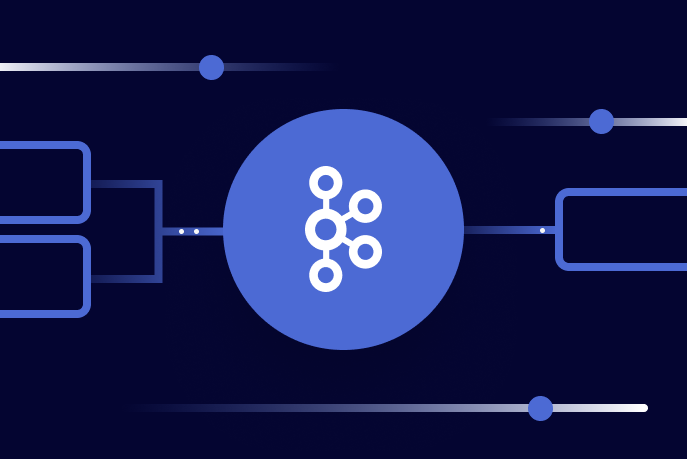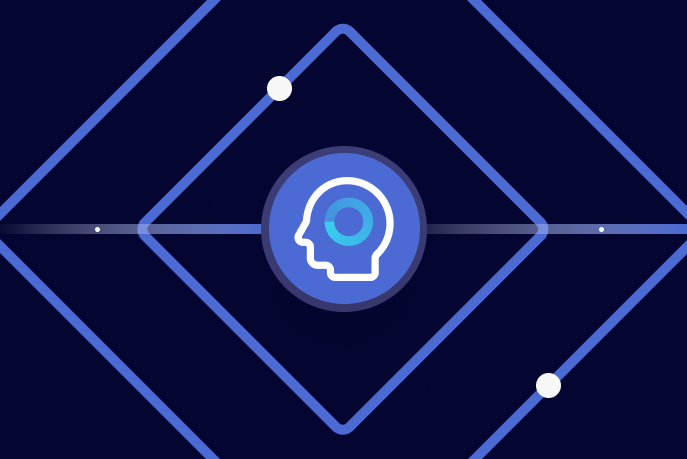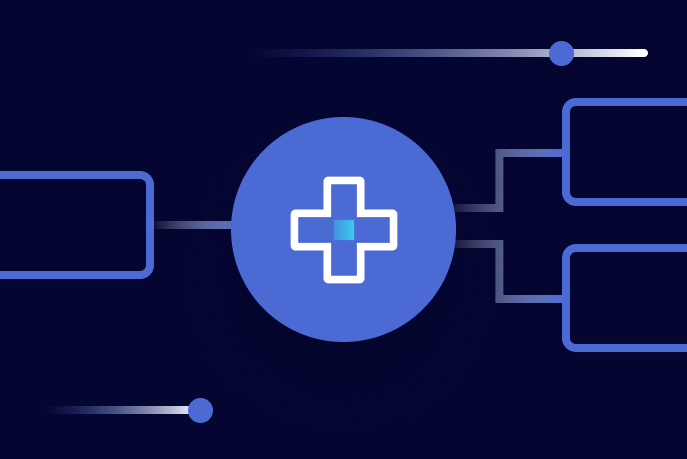Kafka in the Cloud: Why it’s 10x better with Confluent | Find out more
Confluent Blog
Data Products, Data Contracts, and Change Data Capture
Change data capture is a popular method to connect database tables to data streams, but it comes with drawbacks. The next evolution of the CDC pattern, first-class data products, provide resilient pipelines that support both real-time and batch processing while isolating upstream systems...
Unlock Cost Savings with Freight Clusters–Now in General Availability
Confluent Cloud Freight clusters are now Generally Available on AWS. In this blog, learn how Freight clusters can save you up to 90% at GBps+ scale.
Contributing to Apache Kafka®: How to Write a KIP
Learn how to contribute to open source Apache Kafka by writing Kafka Improvement Proposals (KIPs) that solve problems and add features! Read on for real examples.
Three AI Trends Developers Need to Know in 2025
Continuing issues with hallucinations, the increasing independence of agentic AI systems, and the greater usage of dynamic data sources, are three AI trends you may want to monitor in 2025.
Generative AI Meets Data Streaming (Part III) – Scaling AI in Real Time: Data Streaming and Event-Driven Architecture
In this final part of the blog series, we bring it all together by exploring data streaming platforms (DSPs), event-driven architecture (EDA), and real-time data processing to scale AI-powered solutions across your organization.
Generative AI Meets Data Streaming (Part II) – Enhancing Generative AI: Adding Context with RAG and VectorDBs
In Part 2 of the series, we take things a step further by enhancing GenAI with the tools it needs to deliver smarter, more relevant responses. We introduce retrieval-augmented generation (RAG) and vector databases (VectorDBs), key technologies that provide LLMs with the context they need.
Generative AI Meets Data Streaming (Part I) – Data as the Engine: Building the AI Fundamentals
This blog series explores how technologies like generative AI, RAG, VectorDBs, and DSPs can work together to provide the freshest and most actionable data. Part 1 lays the foundation for understanding how data fuels AI, and why having the right data at the right time is essential for success.
Predictive Analytics: How Generative AI and Data Streaming Work Together to Forecast the Future
Discover how predictive analytics, powered by generative AI and data streaming, transforms business decisions with real-time insights, accurate forecasts, and innovation.
Supercharging Ad Campaign Performance with Generative AI + Confluent
Transform your ad campaigns with generative AI + Confluent. Optimize performance, automate tasks, and deliver personalized content—all in real time.
Using Multi-Language Data Streams for Scalable Translation and Localization
Break language barriers with multi-language data streams. From real-time translation to scalable localization, global communication has never been easier. Explore the best practices and tools to expand your reach.
Integrating Salesforce with Snowflake
Integrate Salesforce with Snowflake to unlock the full potential of your business data. From real-time reporting to advanced analytics, this powerful combination ensures seamless data flow and better decision-making. Learn how to get started and explore best practices:
The Power of Predictive Analytics in Healthcare: Using Generative AI and Confluent
The healthcare industry is transforming with predictive analytics and generative AI. Discover how data streaming helps providers anticipate patient needs, optimize resources, and enhance outcomes in real time. Learn more about the future of proactive care with Confluent.
The Power of Predictive Analytics in Insurance: Using Generative AI and Confluent
The insurance industry is evolving with predictive analytics and real-time data streaming. From fraud detection to personalized policies, discover how generative AI and Confluent empower insurers to be proactive, customer-focused, and efficient. Transform your insurance solutions today.
The Power of Predictive Analytics in Business: Using Generative AI and Confluent
Unlock the future of business decision-making with predictive analytics. From forecasting trends to optimizing operations, see how generative AI and Confluent's real-time data streaming empower organizations to transform raw data into actionable insights.
Integrating OpenAI with BigQuery
Learn how integrating OpenAI with BigQuery enables AI-powered data analysis, real-time insights, and machine learning integration for transformative results.
Queues in Apache Kafka®: Enhancing Message Processing and Scalability
Adding queue support to Kafka opens up a world of new possibilities for users, making Kafka even more versatile. By combining the strengths of traditional queue systems with Kafka’s robust log-based architecture, customers now have a solution that can handle both streaming and queue processing.
Integrating Microservices with Confluent Cloud Using Micronaut® Framework
Continuing our discussion of JVM microservices frameworks used with Apache Kafka, we introduce Micronaut. Let’s integrate a Micronaut microservice with Confluent Cloud—using Stream Governance—and test the Kafka integration with TestContainers.











